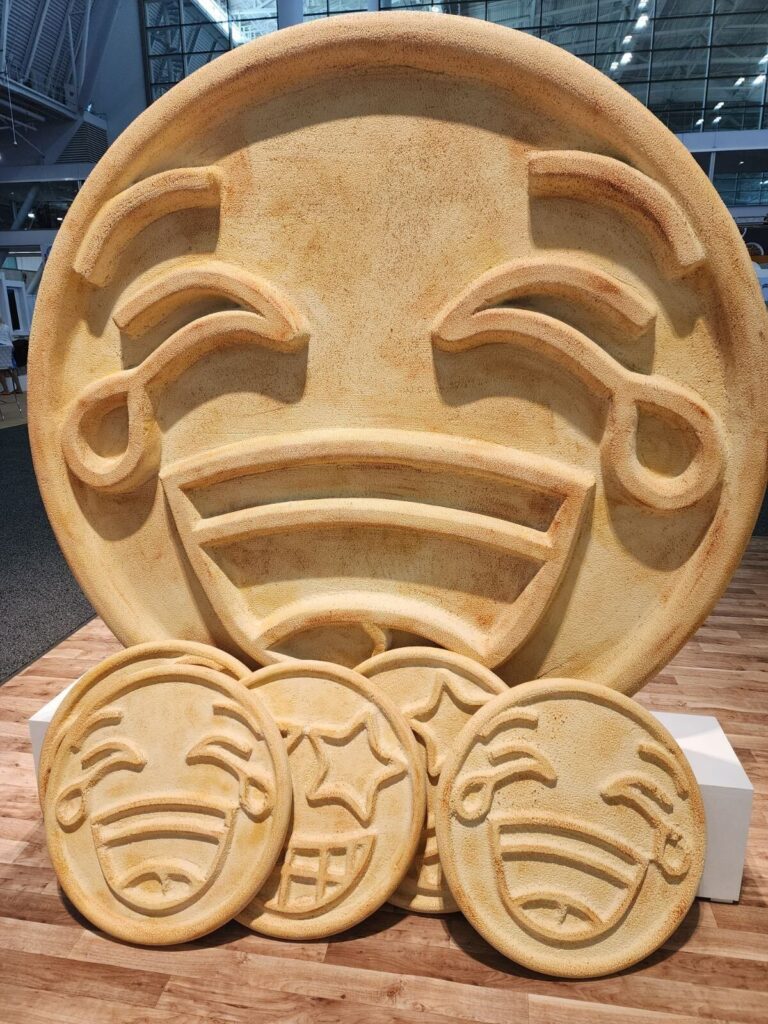Cereal Mascots
We create 3D cereal mascots.
Table of Contents
The Magnetic Allure of Cereal Mascots: Branding's Breakfast Champions
From the first rays of dawn, as millions of bowls clink with spoons worldwide, a unique set of characters comes to life – the beloved cereal mascots. Far more than mere illustrations on a box, these vibrant figures have transformed breakfast culture, making morning meals memorable and captivating hearts across generations. They’ve become symbols of nostalgia, emblems of childhood joy, and powerhouses in branding strategy. Through their vivacious tales and dynamic visuals, cereal mascots transcend mere marketing; they’re cultural icons, bridging breakfast tables and binding generations in shared memories. Dive into their world, and witness the extraordinary blend of commerce, art, and emotion.
Historical Evolution of Cereal Mascots
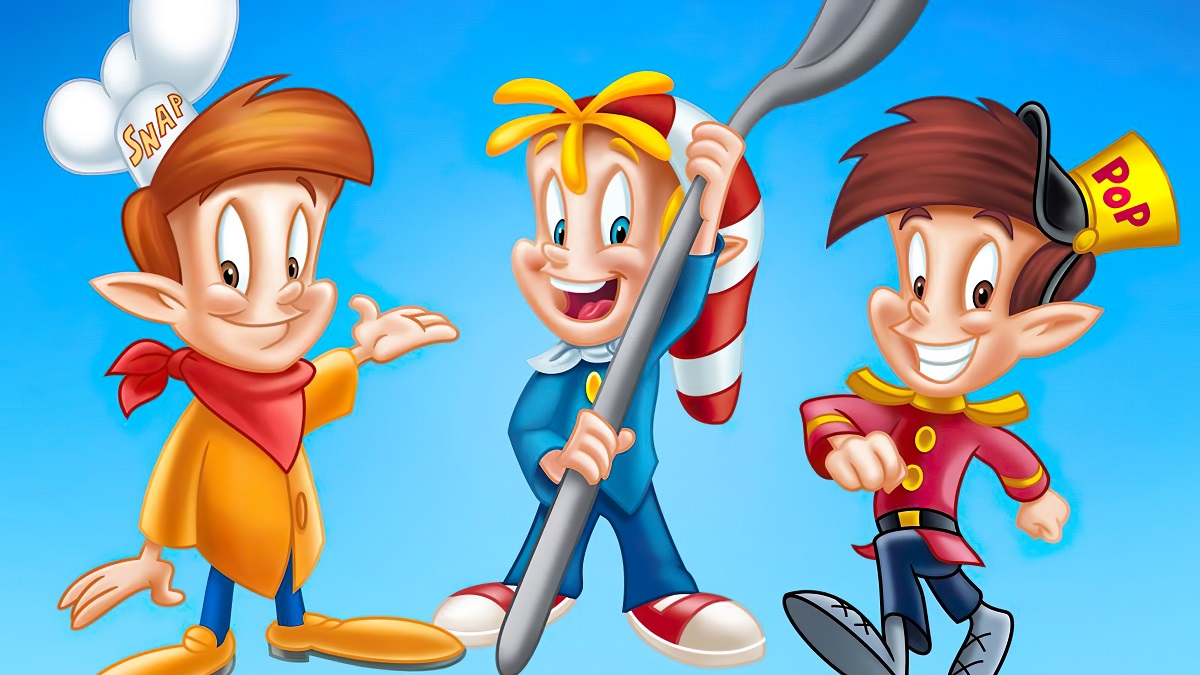
In the panorama of product marketing, few initiatives are as deeply intertwined with a product as cereal mascots with their respective brands. These characters didn’t just appear overnight; their evolution is a fascinating journey through time, reflecting broader societal changes, innovations in advertising, and the ever-evolving tastes of consumers.
The Dawn of Mascots: Late 19th and Early 20th Century: The cereal industry began blossoming in the late 19th century. Brands like Kellogg’s and Post emerged as frontrunners, focusing initially on the health benefits of their products. The first mascots weren’t animated characters but real people. For instance, the image of Dr. John Harvey Kellogg was prominently featured on Corn Flakes boxes, denoting a stamp of health and credibility.
The Roaring ’30s: Introduction of Character Mascots: The 1930s saw the first inklings of what we now identify as cereal mascots. Snap, Crackle, and Pop debuted in 1933 as the faces of Rice Krispies. These characters didn’t just represent the product; they embodied the experience of eating it, translating the cereal’s audible ‘snap, crackle, and pop’ into relatable figures. Their success paved the way for other brands to think about cereal marketing in terms of storytelling and character association.
Post-War Boom and Television’s Golden Age: 1950s – 1960s: The post-WWII era brought prosperity, and with it, a revolution in advertising methods. The 1950s and 1960s heralded the true explosion of cereal mascots, largely propelled by the advent of television. Tony the Tiger roared “They’re Grrreat!” for Frosted Flakes, while Lucky the Leprechaun worked his magic for Lucky Charms. Television allowed brands to animate these characters, giving them voices, personalities, and stories – creating deeper emotional connections with audiences, especially children.
The Era of Competition: Late 20th Century: As more brands and cereals flooded the market, mascots became essential differentiators. The late 20th century witnessed the emergence of several iconic figures, from Count Chocula to the Trix Rabbit. Each mascot had its unique tale, often revolving around the cereal it represented. These stories, broadcasted as commercials, became mini-events eagerly anticipated by young viewers.
21st Century: Nostalgia and Digital Integration: With the dawn of the new millennium and the digital age, cereal mascots faced challenges. Declining cereal consumption and increasing digital distractions meant these characters had to evolve. While newer mascots emerged, brands also leaned into the nostalgic value of their classic mascots, reintroducing them to new generations through digital games, apps, and online advertising.
With the dawn of the new millennium and the digital age, cereal mascots faced challenges. Declining cereal consumption and increasing digital distractions meant these characters had to evolve. While newer mascots emerged, brands also leaned into the nostalgic value of their classic mascots, reintroducing them to new generations through digital games, apps, and online advertising.
The evolution of cereal mascots is more than just a history of branding. It’s about the power of storytelling in marketing and how characters can evoke trust, incite excitement, and create lasting memories. These mascots, born from from a blend of commerce, creativity, and cultural shifts, remain not just as brand representatives but as cherished icons of many a childhood.
The Psychology Behind Cereal Mascots
The breakfast table is more than just a place for food—it’s a stage where cereal mascots perform daily, capturing our attention and influencing our choices. These vibrant characters aren’t mere marketing gimmicks. Delving into the psychology of branding reveals that these mascots have been carefully crafted to resonate with both children and adults, driving emotional connections and purchase behaviors.
Children’s Fascination: Imaginary Companions at Breakfast
Children operate in a world fueled by imagination, symbols, and narratives. For them, cereal mascots aren’t just pictures on a box; they’re companions.
- Narrative Engagement: Mascots often come with their tales of adventure and excitement. Be it the Trix Rabbit’s relentless pursuits or Tony the Tiger’s spirited adventures, these stories align with children’s love for narratives, making breakfast an anticipated event.
- Colorful Allure: Children are naturally attracted to bright and bold colors. Mascots, with their vibrant hues, not only catch their eyes but also aid in memory retention, ensuring the brand remains a favorite pick.
Adults and Mascots: A Dance of Nostalgia and Trust
While mascots are designed with children in mind, they subtly influence adults in profound ways.
- Journey Down Memory Lane: For many adults, cereal mascots are portals to the past, stirring memories of childhood mornings and simpler times. This nostalgic bond can heavily influence brand preferences and loyalty.
- Emblems of Consistency: In an ever-evolving world, the consistent presence of a familiar mascot instills trust. For parents, this could translate into choosing a brand they’ve known since childhood for their own kids.
Emotions: The Universal Mascot Language
Regardless of age, mascots are designed to evoke and connect through emotions. Their adventures, challenges, and triumphs are relatable stories, anchoring products in the minds of consumers.
- Comfort in Familiarity: Recognizing a mascot, a consumer has known for years breeds comfort. This emotional connection can significantly sway purchase decisions in favor of familiar brands.
- Stories Create Recall: The adventures and tales of mascots aren’t just for entertainment—they’re strategic tools. By weaving a product with a captivating narrative, brands enhance product recall, influencing repeated purchases.
The psychology behind cereal mascots is an intricate tapestry of art, emotion, and marketing strategy. By appealing to the emotional and cognitive sensibilities of different age groups, these mascots have etched themselves not just on cereal boxes but deep within consumer psyches, showcasing the sheer power of effective branding.
Iconic Cereal Mascots and Their Stories
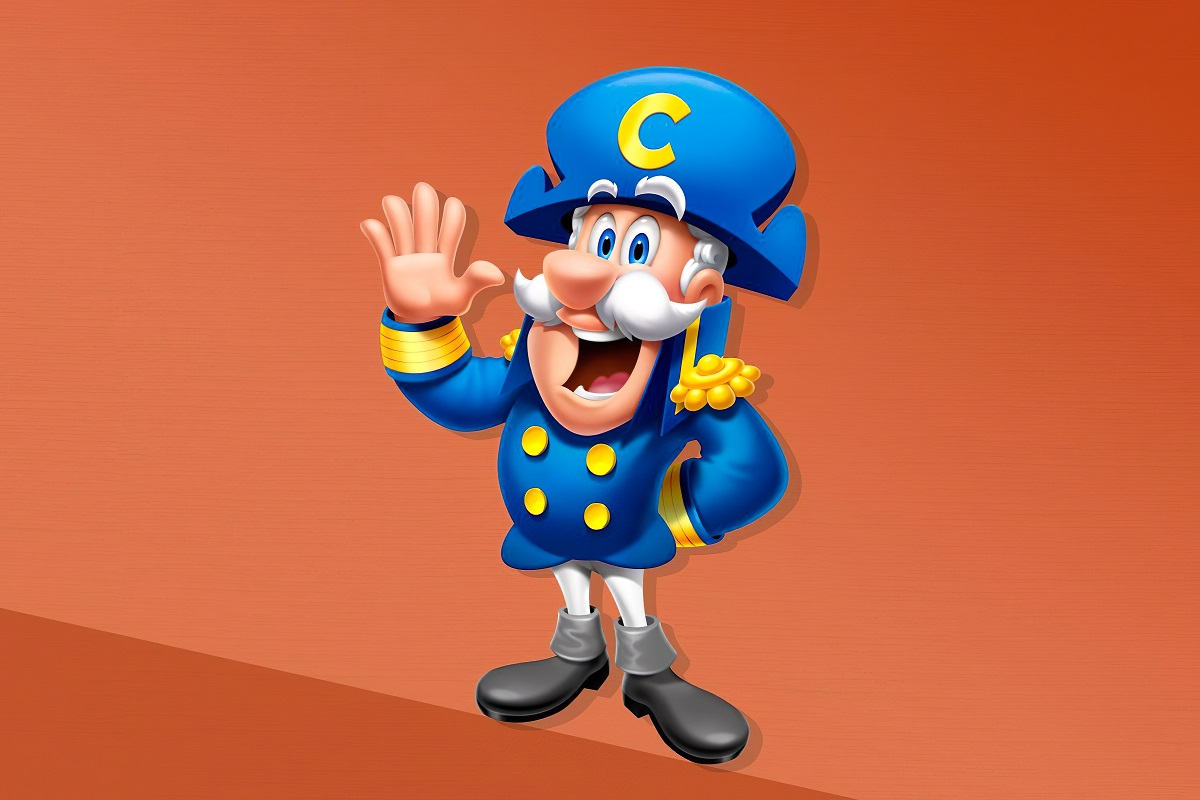
Every breakfast aficionado has, at some point, been captivated by the vibrant characters gracing cereal boxes. These mascots aren’t just illustrations; they’re iconic figures, each with its own rich backstory, that have woven themselves into the fabric of popular culture. Let’s delve into the fascinating tales of some of the most recognized breakfast mascots, tracing their evolution and the indelible marks they’ve left on our morning rituals.
Tony the Tiger – The Charismatic Champion
“They’re Grrreat!” – Almost every cereal lover can mimic Tony the Tiger’s roaring endorsement of Kellogg’s Frosted Flakes. Since his introduction in 1952, Tony’s athletic prowess and unwavering enthusiasm have inspired generations.
- Origin: Tony started off as a simple cartoon figure, but as animation evolved, so did he. Over the decades, he transitioned from a mere mascot to a champion of sports and physical activities, advocating the energy that Frosted Flakes can bring to the breakfast table.
- Cultural Impact: Tony the Tiger isn’t just a face on a box; he’s synonymous with motivation, effort, and victory—values that resonate far beyond the cereal aisle.
Cap’n Crunch – The Seafaring Adventurer
Navigating the high seas of our breakfast bowls, Cap’n Crunch (whose full name is Horatio Magellan Crunch!) has been an iconic figure since the 1960s. Guarding his precious cereal from adversaries, his adventures are legendary.
- Origin: Representing Quaker Oats’ Cap’n Crunch cereal, this naval captain hails from the fantastical Crunch Island, where the Crunch Berries grow. His distinctive uniform and jolly demeanor make him instantly recognizable.
- Cultural Impact: The tales of Cap’n Crunch foster a sense of adventure and curiosity, values that have been associated with this famous cereal character for decades.
Lucky the Leprechaun – The Mystical Magician
“They’re magically delicious!” is the catchphrase of our beloved leprechaun, Lucky. The face of Lucky Charms since the 1960s, his whimsical adventures in protecting his cereal and its magical marshmallow shapes are stuff of breakfast legend.
- Origin: Representing the enchanting world of Lucky Charms, Lucky’s character evolved as a guardian of magical treasures, each marshmallow shape in the cereal possessing a special magical attribute.
- Cultural Impact: Lucky the Leprechaun is more than just a mascot; he’s a symbol of wonder, magic, and the joys of childhood. His escapades evoke a sense of playfulness and creativity.
Honorable Mentions:
While Tony, the Cap’n, and Lucky might be some of the most iconic figures, the world of cereals is replete with famous mascots. Snap, Crackle, and Pop’s lively banter, the insatiable hunger of the Cookie Crisp’s Cookie Crook, and the misadventures of Count Chocula are tales deeply etched in our cultural psyche.
More than just marketing tools, these mascots have become cultural touchstones. Through their adventures, they’ve narrated stories of courage, wonder, and joy, making breakfasts memorable. Their enduring popularity is a confirmation of the magic that happens when art, branding, and storytelling converge. So, the next time you pour a bowl of your favorite cereal, remember—you’re not just having breakfast, you’re partaking in a piece of pop culture history.
The Role of Multimedia in Amplifying Mascot Popularity
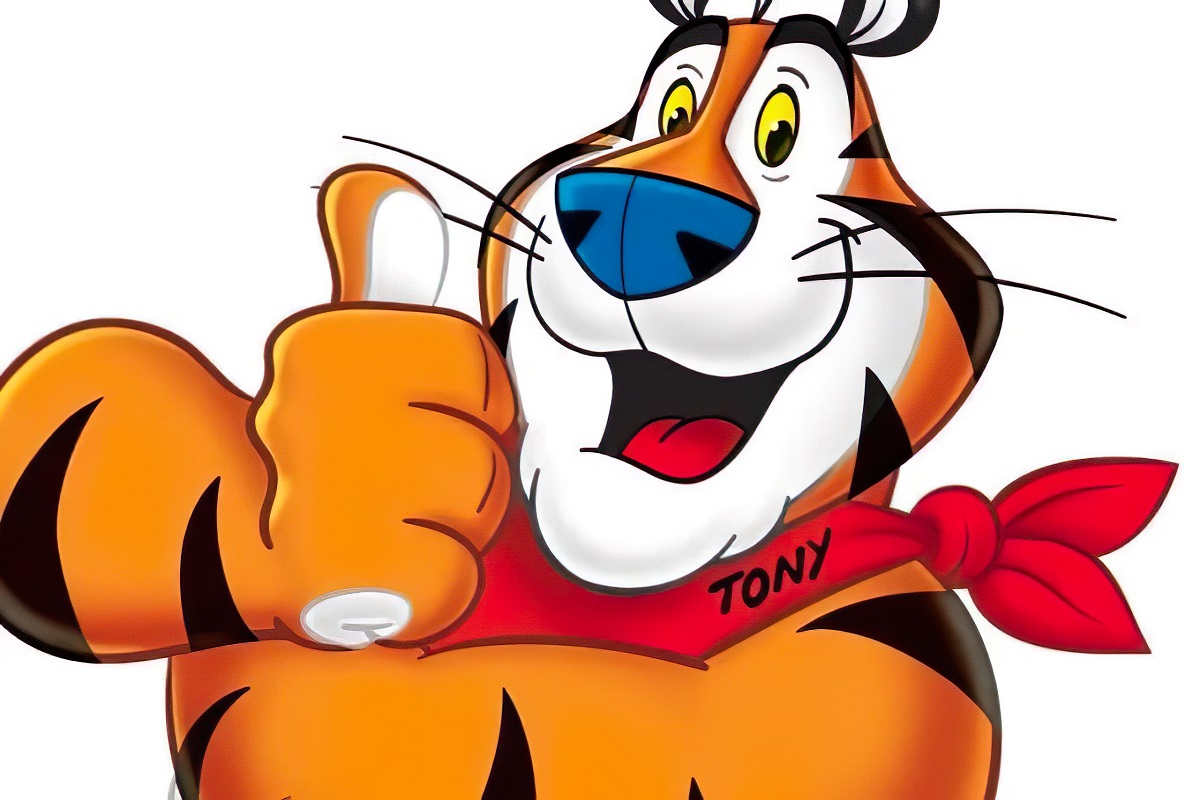
Over the years, cereal aisles have become a tapestry of animated characters, each competing for attention. But the real battleground where these mascots vie for dominance isn’t limited to cardboard boxes; it extends into the vast realm of multimedia. From nostalgic cereal commercials to interactive mascot online games, multimedia avenues have been instrumental in magnifying the charm and appeal of these breakfast icons. Here are some ways into how multimedia has supercharged the prominence of our beloved cereal mascots.
Television Commercials: A Trip Down Memory Lane
Who can forget the thrill of watching Tony the Tiger proclaim Frosted Flakes as “Grrreat!” on Saturday mornings? Cereal commercials have etched unforgettable memories in our minds.
- Emotional Resonance: Commercials, with their blend of music, visuals, and narratives, evoke a plethora of emotions, from excitement to nostalgia. This emotional connection fortifies brand loyalty and amplifies mascot recognition.
- Reiteration and Recall: Regularly airing cereal commercials ensure mascots remain top-of-mind for consumers, reinforcing brand imagery and the product’s core message.
Mascot Online Games: Interactive Brand Engagement
The digital age ushered in a new frontier for mascot promotion: interactive online games. Brands were quick to capitalize on this, creating mascot-centric games that not only entertained but also subtly promoted the product.
- Engaging Narratives: Games often revolve around mascots embarking on quests, solving mysteries, or overcoming challenges, echoing the stories on cereal boxes but in a more immersive environment.
- Branding Beyond the Box: Playing a game with a beloved mascot naturally increases brand affinity. Every game level completed, every high score achieved, translates to positive reinforcement for the brand.
Social Media Campaigns: The Modern-day Mascot Saga
In today’s digitized world, mascots have evolved from static figures on boxes to dynamic personalities with their own social media profiles, tweeting, posting, and even taking on viral challenges.
- Direct Engagement: Platforms like Instagram, Twitter, and TikTok allow mascots to engage directly with consumers, building a rapport that goes beyond the breakfast table.
- Viral Trends: Jumping onto popular trends, be it dance challenges or memes, ensures that mascots remain relevant to younger audiences, broadening their fan base.
Merchandising: Physical Memorabilia
From action figures to apparel, the presence of mascots in physical merchandise has been a crucial factor in their popularity. Owning a piece of merchandise isn’t just about possession; it’s about brand allegiance.
- Tangible Connections: Owning a T-shirt or a toy featuring a favorite mascot creates a tangible bond between the consumer and the brand, making the relationship personal and profound.
- Promotional Giveaways: Brands often roll out limited-edition merchandise as promotional giveaways, further amplifying mascot visibility and appeal.
The magnetic pull of cereal mascots is undeniable, but it’s the intelligent use of multimedia that has catapulted them to superstardom. Through commercials, online games, social media campaigns, and merchandise, brands have ensured that these mascots aren’t confined to breakfast time alone. They’ve permeated our daily lives, becoming cultural phenomena in their own right. As multimedia continues to evolve, one can only imagine the innovative ways these mascots will be brought to life, continuing to enthrall generations to come.
The Global Reach: Cereal Mascots Beyond Borders
In today’s interconnected world, cereal isn’t just a Western breakfast staple; it’s a global phenomenon. And leading the march of these crunchy delights across continents are the vibrant mascots that have become synonymous with morning rituals. However, as these mascots journey beyond their home turf, they often encounter cultural crossroads. How do brands ensure that their mascots resonate in Tokyo as they do in Toronto? Let’s explore the fascinating realm of global cereal branding and the delicate dance of catering to diverse audiences.
Adapting to Cultural Nuances: A Mascot’s Makeover
Tony the Tiger might be a hit in the U.S., but in certain cultures, tigers might not have the same associations of vitality and athleticism. Enter the realm of mascot makeovers, where brands tailor characters to align with local cultural symbols.
- Reimagining Mascot Identities: In some cases, mascots undergo significant transformations, adopting new personas that resonate more with local ethos. This could range from changes in attire to complete shifts in character dynamics.
- New Narratives: The storylines that captivate audiences in one country might fall flat in another. Recognizing this, brands often craft fresh narratives for international cereal mascots, ensuring the tales are relatable and compelling.
Tantalizing Taste Buds: Flavor Adventures with Mascots
Cereal flavors that appeal to American palates might not find favor in Asian markets, and mascots play a pivotal role in introducing these new tastes.
- Mascot-led Introductions: As brands roll out unique cereal flavors catering to local tastes, mascots become the ambassadors of these new culinary adventures, guiding consumers through unfamiliar terrains.
- Emphasizing Local Ingredients: In regions that value local produce or specific dietary preferences, mascots might be seen promoting cereals infused with native ingredients, emphasizing the brand’s respect for local tastes.
Bridging Language Barriers: The Multilingual Mascot
As mascots venture into non-English-speaking territories, their catchphrases, slogans, and even names might undergo changes to ensure linguistic appeal and relevance.
- Transcreations over Translations: Instead of direct translations, brands often opt for transcreations—crafting new slogans that retain the original’s spirit but are molded to fit the linguistic and cultural nuances of the new market.
- Interactions in Native Tongues: Mascot-led interactions, be it through commercials or social media, often happen in the region’s native language, enhancing relatability and rapport.
- Celebrating Local Festivities: Mascots Join the Party. Nothing endears a foreign brand to local hearts more than participating in regional festivities. And who better to lead the celebrations than the brand’s mascot?
- Special Edition Packaging: During significant local festivals or holidays, brands often release special edition cereal packaging featuring their mascots indulging in the festive spirit.
- Mascot Appearances: From participating in parades to making appearances at local events, mascots physically immerse themselves in cultural celebrations, further cementing their bond with consumers.
As the world shrinks into a global village, the challenge for brands is to ensure that their cereal mascots not only traverse borders but also hearts. By respecting cultural variations in branding, understanding regional preferences, and engaging in local narratives, these mascots become more than just breakfast companions—they morph into symbols of unity, understanding, and shared joy. Here is a list of Top 10 cereal mascots. In this ever-evolving dance between global branding and local relevance, the true winner is the consumer, who gets to enjoy a world of flavors, stories, and experiences, one cereal bowl at a time.
Modern Trends: Evolving Mascots in a Digital Age
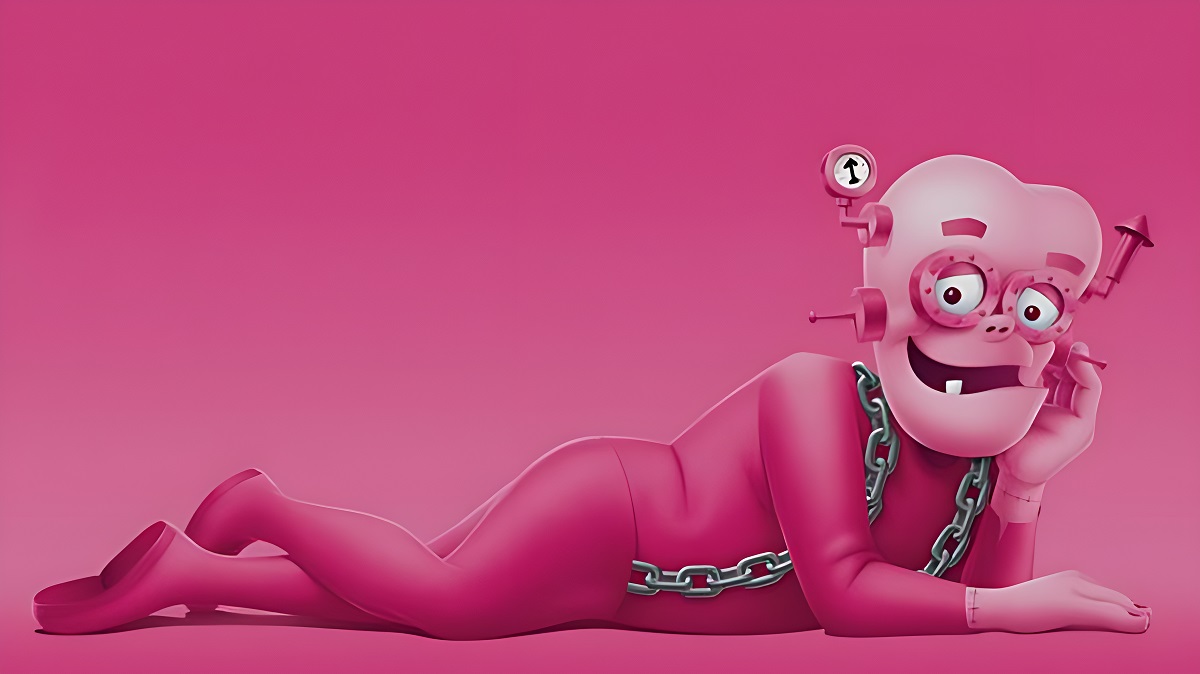
As dawn breaks in the digital era, traditional marketing methods are experiencing a paradigm shift. Cereal mascots, once confined to jingles and animated commercials, now tap-dance across our smartphones, indulge in Twitter banter, and even take on viral TikTok challenges. But as these breakfast icons adapt to the digital age, how are they ensuring they don’t get lost in the online noise? Here’s a reinvention of modern cereal mascots and the innovative branding trends in the food industry.
The Digital Transition: Beyond the TV Screen
While TV commercials remain a powerful tool, the gravitational pull of digital platforms is undeniable. The breakfast table might still be the battleground, but the war for attention is now waged on social media feeds.
- Interactive Websites: Brands create immersive online worlds around their mascots. For instance, a visit to a cereal’s website might transport users to a fantastical realm, led by the mascot, offering games, stories, and downloadable content.
- Engaging Social Media Content: Modern cereal mascots are as much influencers as they are brand ambassadors. From sharing “a day in the life” stories on Instagram to posting playful banter on Twitter, they engage with audiences in real-time, making them more relatable.
Case Studies: Success Stories in the Digital Realm
- Tony the Tiger’s Twitter Triumph: Tony’s leap from TV to Twitter was nothing short of spectacular. By interacting with fans, sharing motivational quotes, and even commenting on current events, Tony the Tiger showcased how digital marketing for cereals could be both fun and relevant.
- Count Chocula’s Virtual Reality Venture: Embracing technology, General Mills once launched a VR experience where users, guided by Count Chocula, could explore the haunted castle, blending traditional storytelling with cutting-edge tech. The campaign garnered significant attention, proving that cereals could be at the forefront of tech trends.
Influencer Collaborations: Mascots Meet Modern Celebs
In a bid to stay relevant, cereal mascots now often collaborate with digital influencers or celebrities, creating content that appeals to both traditional fans and younger audiences.
- Special Edition Collaborations: Leveraging the popularity of influencers, brands release limited edition cereals. Picture a YouTube sensation teaming up with a mascot, where both their personalities merge to create a unique flavor or a fresh packaging design.
- Joint Social Media Campaigns: Modern cereal mascots and influencers jointly participate in challenges, live sessions, or Q&A rounds, providing fans with fresh and engaging content.
Data-Driven Mascot Evolution: Adapting with Analytics
The digital age offers brands a goldmine: consumer data. By analyzing online interactions, brands gain insights into which mascot antics resonate with audiences, shaping future marketing strategies.
- Tailored Content: If data shows that fans love a mascot’s animated dance videos, brands might invest more in such content. On the flip side, less popular content can be tweaked or discarded.
- Feedback Loops: Modern cereal mascots aren’t just speakers; they’re listeners. By engaging with fan feedback, brands ensure their mascots evolve in line with consumer preferences.
The digitization of our world has revolutionized how mascots connect, engage, and evolve. By embracing the tools and trends of the digital age, modern cereal mascots ensure they remain not just a part of our breakfast routine but also our digital lives. As they dance between pixels and cereal grains, these mascots symbolize a beautiful blend of nostalgia and innovation, reminding us that while times might change, the joy they bring remains timeless.
Future Predictions: Where Are Cereal Mascots Heading?
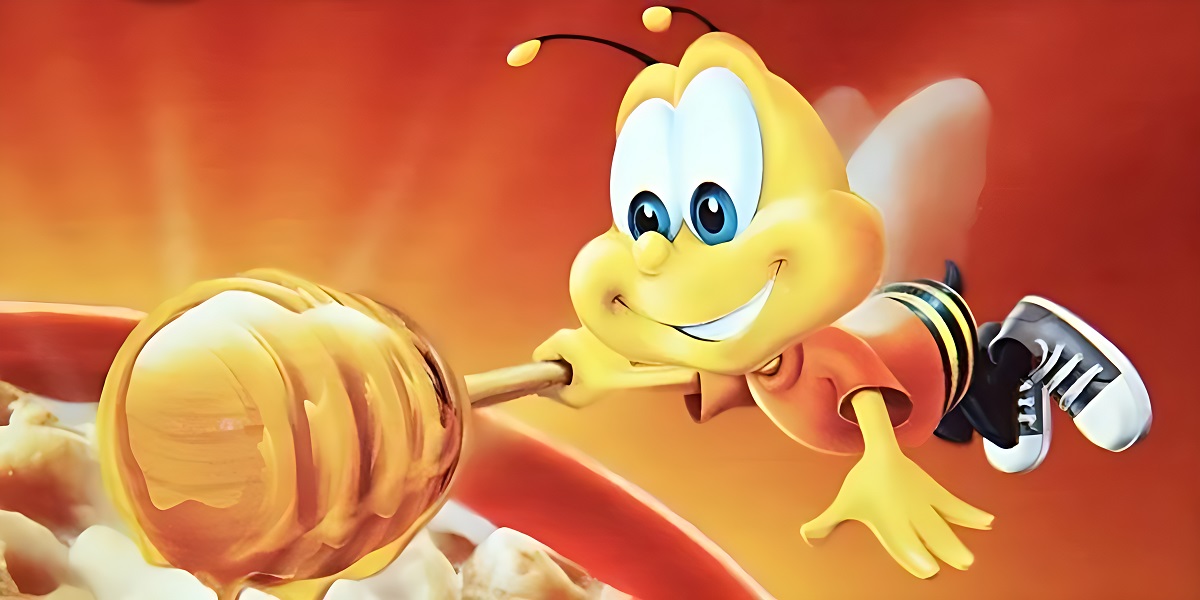
As we stand on the precipice of a new age, teeming with technological innovations and shifting cultural values, the destiny of our cherished cereal mascots beckons us to wonder: What does the future have in store for these breakfast companions? Charting a course through potential horizons, we forecast the transformative roles these iconic figures might assume in the coming years.
Augmented Reality (AR) Escapades
Tomorrow’s breakfast could become today’s adventure. Harnessing the power of AR:
- Interactive Tales: No longer just passive observers, consumers might delve into magical realms, guided by mascots, exploring tales or even cooking recipes where the mascot becomes the culinary guide.
- Virtual Playground Adventures: Through AR games, mascots could invite fans to play, offering challenges and rewards, fusing the digital with the tangible in delightful ways.
Artificial Intelligence’s Personal Touch
In the age of AI, mascots might transcend their traditional roles:
- Conversational Companions: AI-powered chatbots, representing mascots, could chat, advise on nutritional intake, or even share motivational morning messages.
- Health Advocates: Adapting to the user’s health goals and preferences, AI-infused mascots could suggest specific cereal types or even dietary changes for a balanced breakfast.
Holographic Breakfasts
The magic of holography might bring our mascots closer than ever:
- Holographic Stories: Picture mascots coming to life beside your breakfast table, regaling tales or singing catchy jingles, enriching your morning experience.
- Interactive Tutorials: Eager to try a new recipe with your cereal? Let the holographic mascot guide you, making cooking an immersive lesson.
Embracing 3D Printing: Customizable Mascot Collectibles
The rise of 3D printing opens doors for innovative branding possibilities:
- Personalized Mascot Figurines: Fans might soon print their custom-designed versions of their favorite mascots right at home, crafting unique collectibles.
- Interactive Breakfasts: Imagine 3D printing cereal shapes that integrate with a mascot’s story or game, making the eating experience interactive and thematic.
Sustainability Champions
With the world veering towards eco-conscious choices, mascots might soon wear the green cape:
- Eco Mascots: Leading by example, mascots could educate about recycling, sustainability, and the importance of eco-friendly habits, molding their narratives around planet protection.
- Green Packaging Ambassadors: Mascots could proudly endorse and promote sustainable packaging, encouraging consumers to make greener choices.
Expanding Universes: More than Just Breakfast Icons
Mascots could soon leap off cereal boxes into broader universes:
- Animated Epics: Original TV series or web episodes that delve into the mascot’s backstory, adventures, and world.
- Merchandise Mania: Beyond collectibles, think mascot-themed cafes, gadgets, or even theme park attractions!
As the tides of time shift and innovation takes the helm, cereal mascots are poised for an exhilarating journey. They’ve always been more than mere brand ambassadors; they are threads that weave together memories, mornings, and magic. And as the future dawns, they promise to be the torchbearers of novelty, ensuring breakfast remains an adventure, no matter the age.
Conclusion
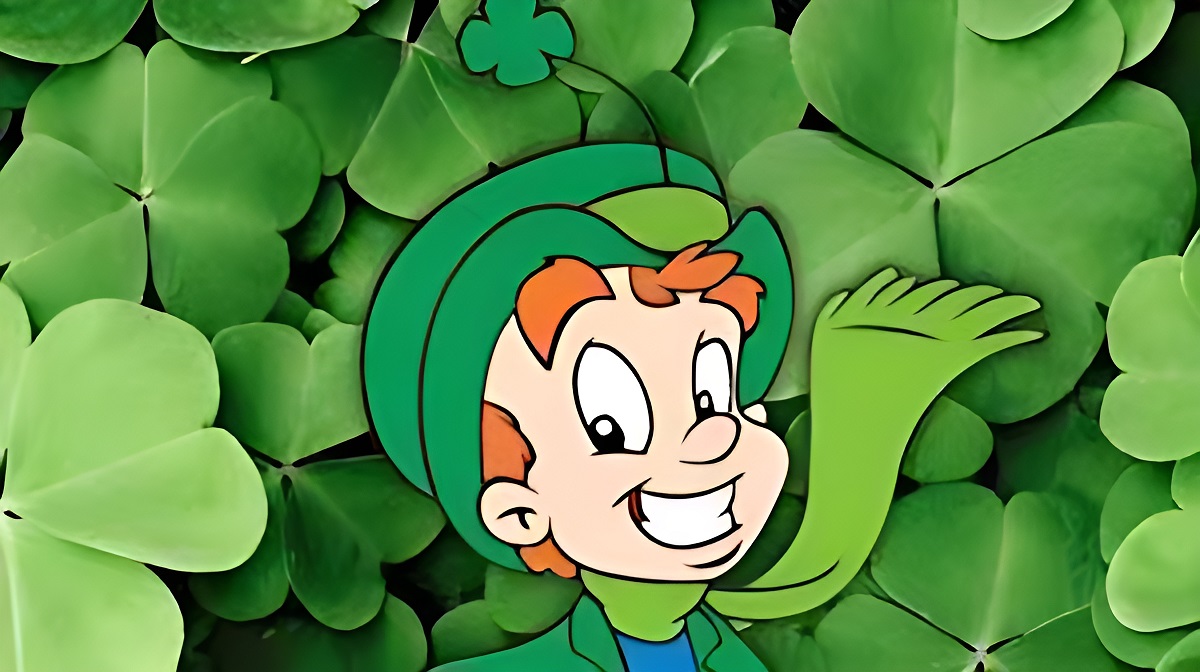
In the intricate tapestry of branding and popular culture, cereal mascots have woven a legacy that’s vibrant, enduring, and undeniably impactful. From the earliest days when they graced our breakfast tables with simple sketches, to their modern-day digital avatars dancing across screens, these mascots have come a long way, cementing their status not just as brand symbols, but as cultural icons.
The role they play in branding is nothing short of monumental. They offer brands a face, a personality, and a voice, bridging the gap between companies and consumers. Through their escapades—be it Tony the Tiger roaring about the greatness of Frosted Flakes or Lucky the Leprechaun leading us on magical chases for his Lucky Charms—they’ve made cereals more than just food items; they’ve turned them into stories, experiences, and cherished childhood memories.
But their significance isn’t confined to the world of commerce. In the broader cultural milieu, these mascots reflect societal changes, preferences, and shifts. They have evolved with the times, adapting to technological advancements, cultural nuances, and global trends, all the while retaining the core essence that makes them beloved.
As we’ve journeyed through the past, present, and speculative future of cereal mascots, one fact stands illuminated: their universal appeal. Whether you’re a child eagerly anticipating the next cereal box toy or an adult reminiscing over breakfasts gone by, these mascots bind generations with threads of nostalgia, joy, and shared experiences.
FAQ Section: Delving Deeper into the World of Cereal Mascots
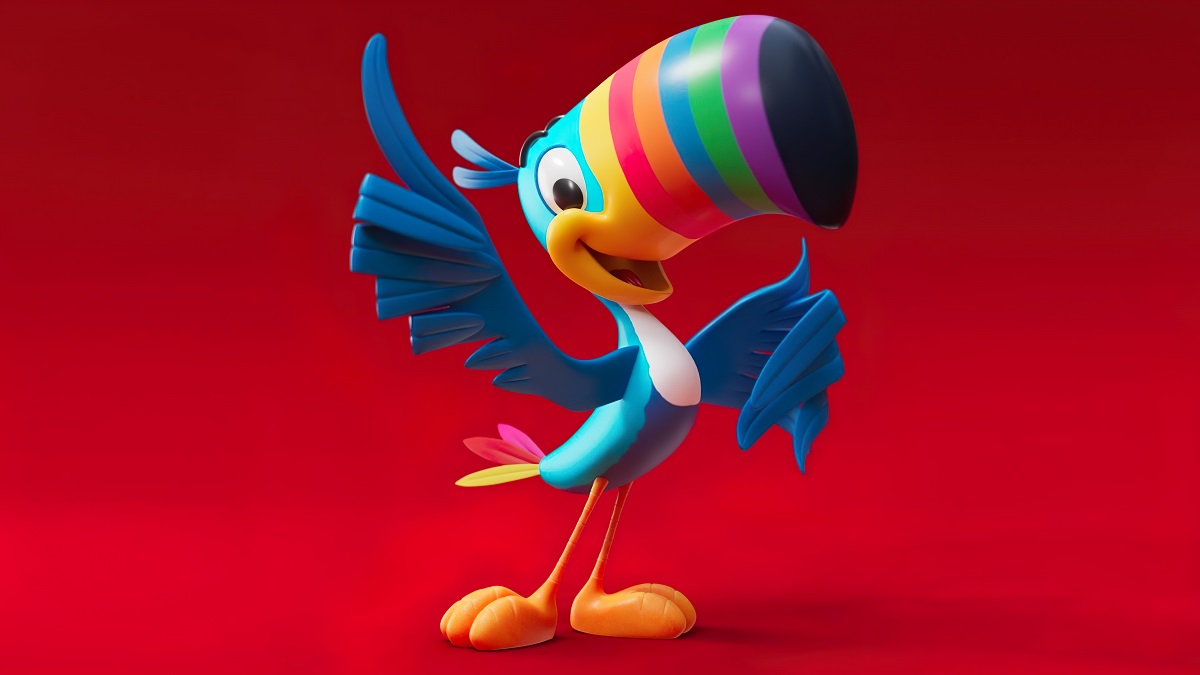
In our exploration of cereal mascots and their undeniable imprint on culture and branding, many intriguing questions bubble to the surface. Here, we address some of the most frequently asked queries to shed light on these breakfast icons’ intriguing dynamics.
1. Why are mascots predominantly used for kids’ cereals? Mascots play a pivotal role in branding because of their ability to tell stories, evoke emotions, and create memorable experiences. For kids, especially, the world is a canvas of imagination. Mascots—be it a mischievous leprechaun or a tiger championing the cause of ‘greatness’—resonate with this vivid imagination. They transform breakfast time from a mundane routine into an engaging narrative, making the meal fun and enticing for children. Additionally, mascots offer a relatable figure for kids, ensuring brand loyalty from a young age.
2. How do mascots impact sales? In the competitive cereal landscape, differentiation is key. While taste and nutritional value are paramount, the emotional connection a consumer feels towards a brand can significantly drive purchasing decisions. Mascots act as brand ambassadors, creating a recognizable and endearing face for a product. Studies have indicated that brands with well-loved mascots often see a positive correlation in sales. The mascot, in essence, not only promotes product awareness but also encourages repeat purchases due to the emotional rapport it establishes with consumers.
3. Have there been any controversies surrounding cereal mascots? Like all cultural icons, cereal mascots have seen their share of controversies, especially in the realm of health advocacy. Some mascots have been criticized for promoting sugary cereals to children, potentially influencing unhealthy eating habits. Brands have often responded by adjusting marketing strategies, focusing on the nutritional aspects of cereals, or evolving the mascot’s narrative to align with modern health-conscious values.
4. How have cereal mascots adapted to the digital age? The digital transformation has ushered in new avenues for mascot engagement. No longer confined to boxes or TV screens, modern mascots engage with consumers across various platforms, from social media channels to immersive augmented reality experiences. The digital age allows these characters to interact in real-time, participate in trending online challenges, and even have their dedicated mobile games or apps.
5. Why do some adult-targeted cereals also use mascots? While mascots are commonly associated with kids’ cereals, their core advantage lies in storytelling and brand differentiation—elements valuable for any demographic. For adult cereals, mascots may convey different values like health, energy, or relaxation. Their narratives might be more sophisticated, resonating with adult sensibilities, but the essence remains: creating a memorable and relatable brand experience.
6. Are there regional variations of popular mascots? Absolutely! Cereal mascots often undergo regional adaptations to cater to local tastes, cultural nuances, and market preferences. A mascot’s backstory, appearance, or even name might change to be more relatable and appealing in different global markets.
Selected Projects Gallery of 3D Custom Characters
WhiteClouds crafts vivid 3D custom mascots, breathing life into characters with unparalleled precision and creativity.
